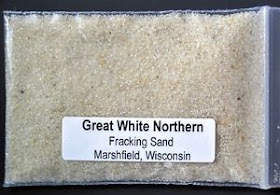The hexagonal chitinous invisibility cloak of the Sapphirina or "Sapphire of the Sea"
allows it to change from deep violet-indigo colors to blue-green to
all colors of the spectrum to nearly completely invisible.
This exquisite ability is due, in part, to the hexagonal plates on its surface (here seen under a Scanning Electron Microscope (SEM)):
The male of this parasitic copepod species shine their colors while the females are mostly translucent all the time. This structural coloration, first described by Isaac Newton and Robert Hooks, allows the intense and varied bright colors (as seen in peacock feathers).
The Sapphirina reminds me a bit of our old friend the water bear or Tardigrade.
How could one not be enchanted by this beautiful aquatic creature, first described in the early 1800's, that looks like a gem and has ties to hexagonal packing ?
It's the perfect ambassador to ring in 2016! Happy Hexagonal New Year!
Looking forward to the power of 6 in the coming year; how about you?!
Steph
2016 blowing in via a Bernoulli Blower!
allows it to change from deep violet-indigo colors to blue-green to
all colors of the spectrum to nearly completely invisible.
This exquisite ability is due, in part, to the hexagonal plates on its surface (here seen under a Scanning Electron Microscope (SEM)):
The male of this parasitic copepod species shine their colors while the females are mostly translucent all the time. This structural coloration, first described by Isaac Newton and Robert Hooks, allows the intense and varied bright colors (as seen in peacock feathers).
The Sapphirina reminds me a bit of our old friend the water bear or Tardigrade.
How could one not be enchanted by this beautiful aquatic creature, first described in the early 1800's, that looks like a gem and has ties to hexagonal packing ?
It's the perfect ambassador to ring in 2016! Happy Hexagonal New Year!
Looking forward to the power of 6 in the coming year; how about you?!
Steph
2016 blowing in via a Bernoulli Blower!












































